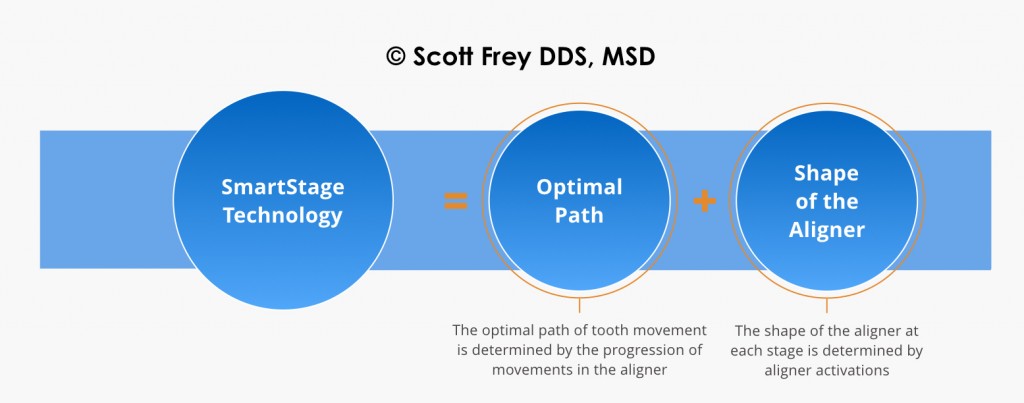 What is SmartStage Technology?
What is SmartStage Technology?
Invisalign’s newly developed SmartStage technology is helping make orthodontists’ prescribed movements much more predictable using pre-activated attachments and unique aligner forming features. Currently, you will be alerted to SmartStaging in the comments section of your ClinCheck when it is being utilized. However, the behind the scenes functioning of SmartStage seems to be a tough concept for many people to grasp so I feel that it warrants some additional attention. Below is an example of what a SmartStaged movement looks like in your digital set-up:
By compiling treatment data from what now extends into the millions of cases, Invisalign is now taking into consideration the optimal path of tooth movement, as prescribed by the orthodontist, when modifying the shape of the aligner. This allows for more precise aligner activations to be delivered at a given stage.
This is a lot like shooting clay pigeons. You never shoot at the clay……You have to calculate the flight line and lead target before pulling the trigger. Invisalign is employing this same concept with SmartStage to arrange for a “successful collision” between the tooth and the aligner at any given stage. This means more ideal force systems, better tracking of aligners, and faster treatment with Invisalign.


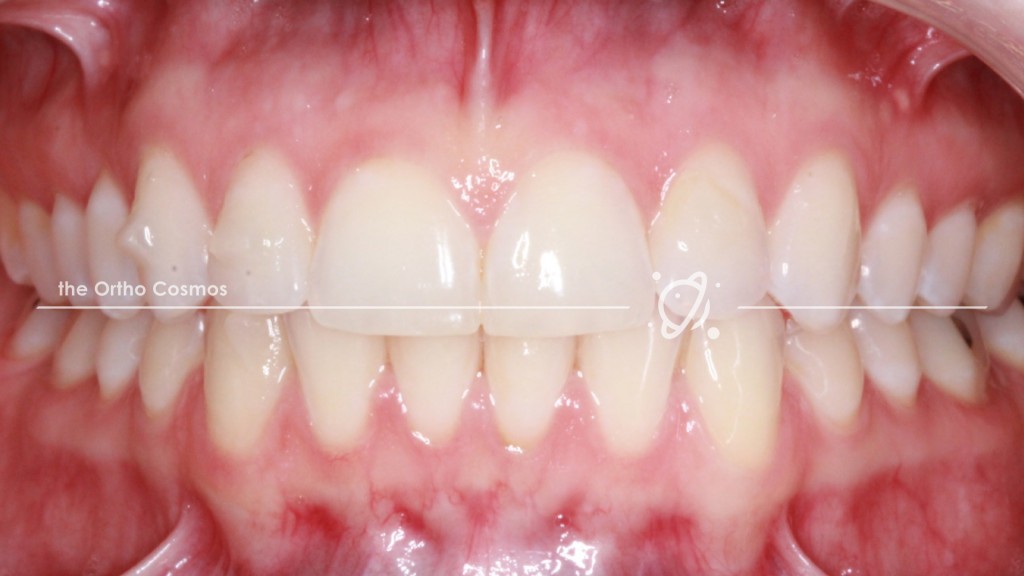

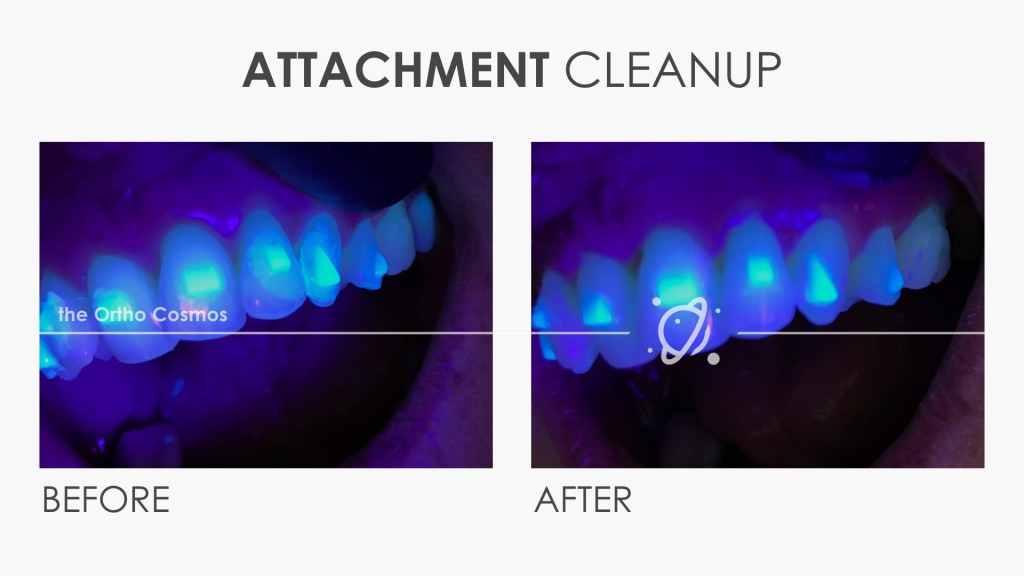

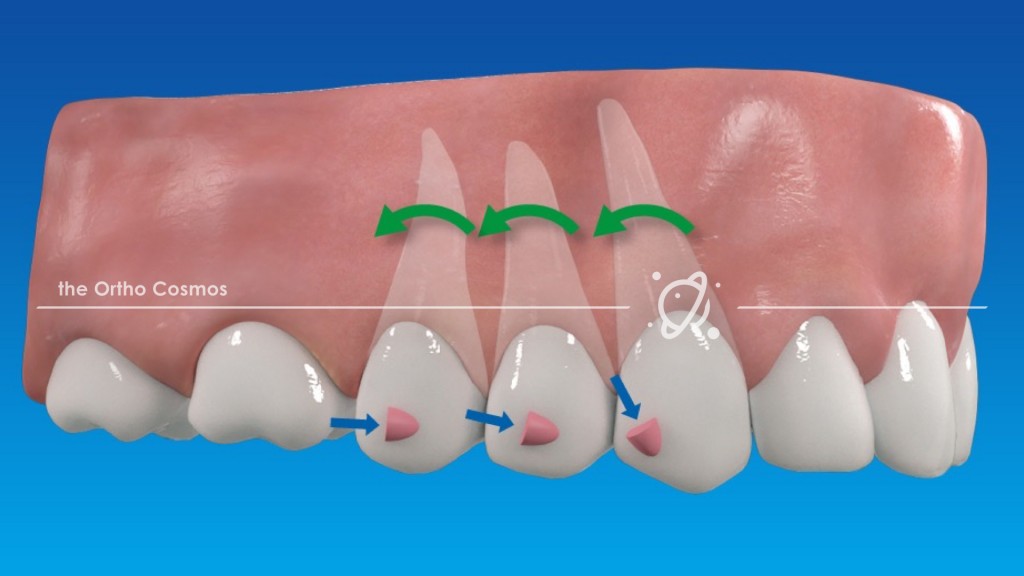
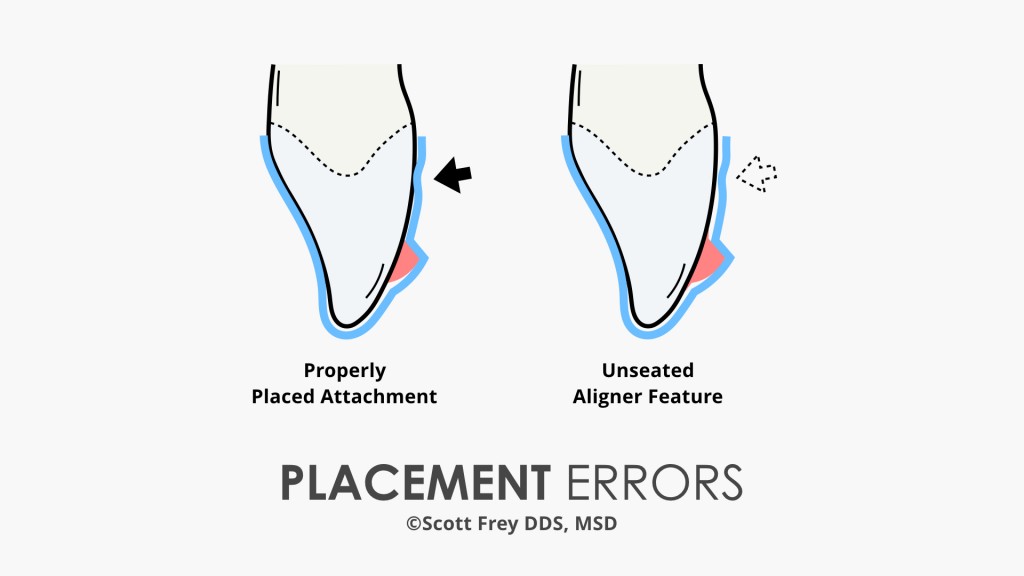

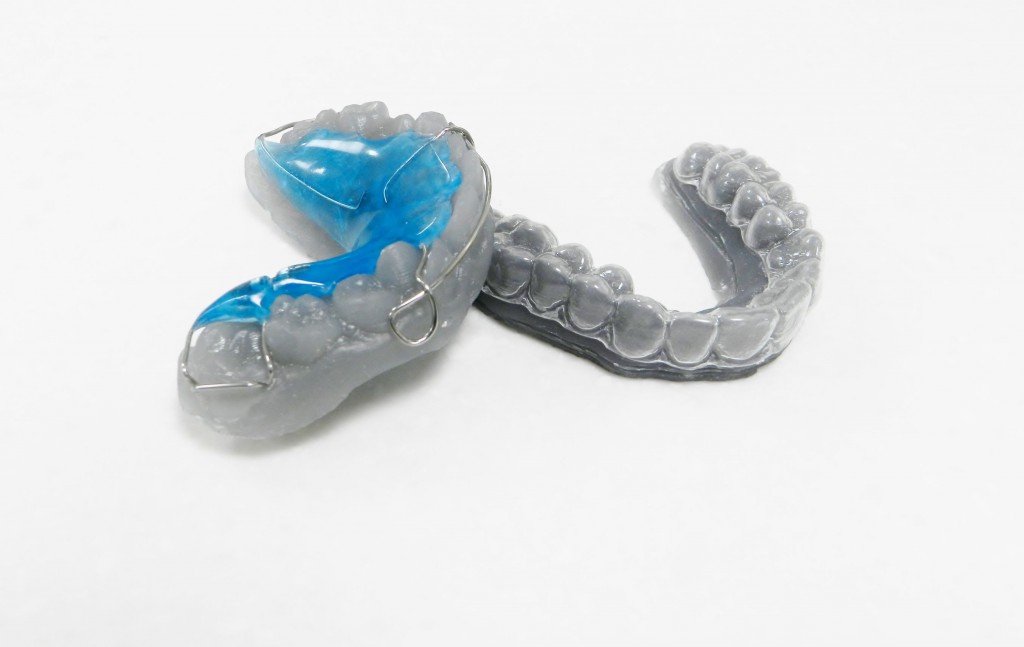
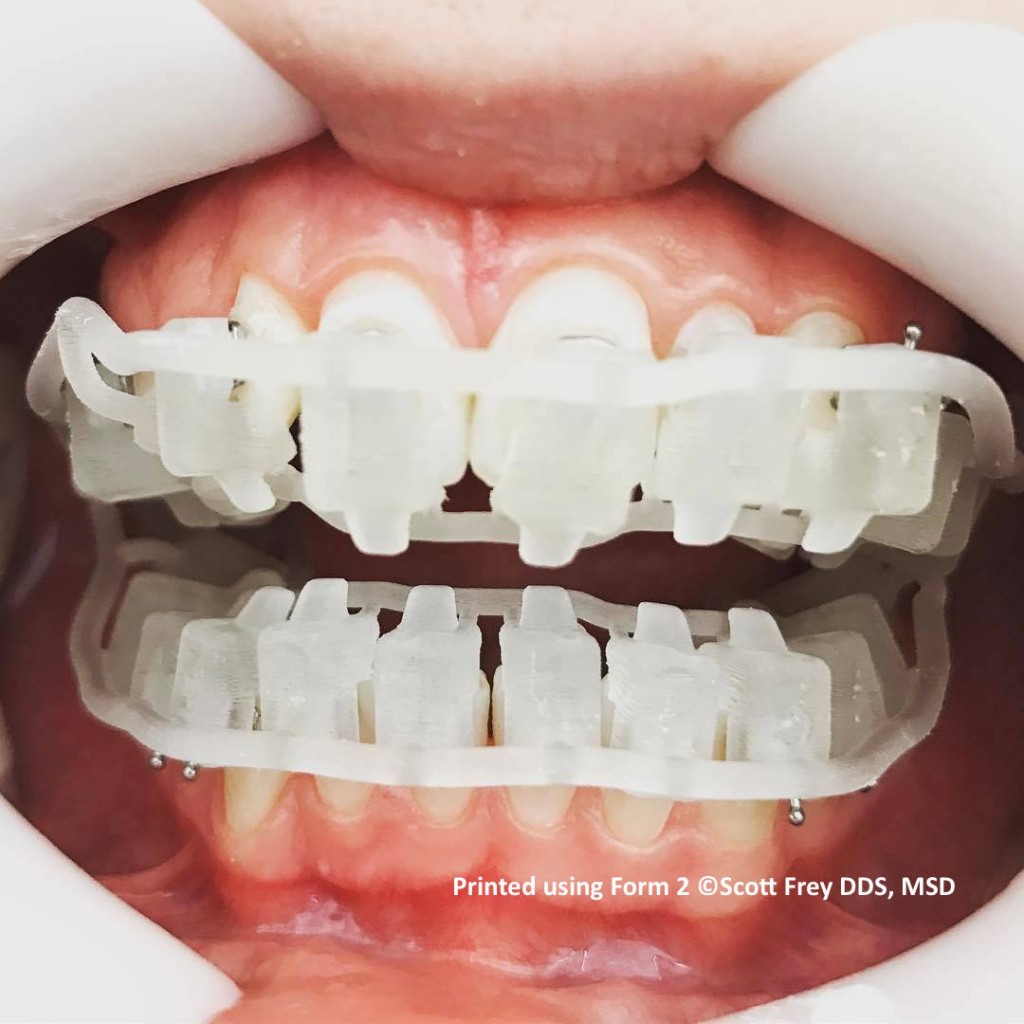



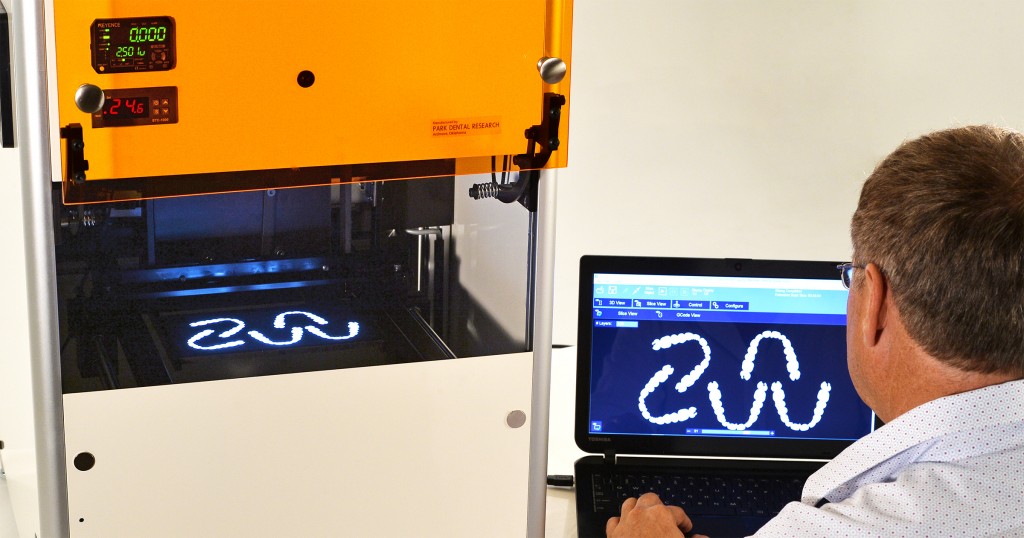
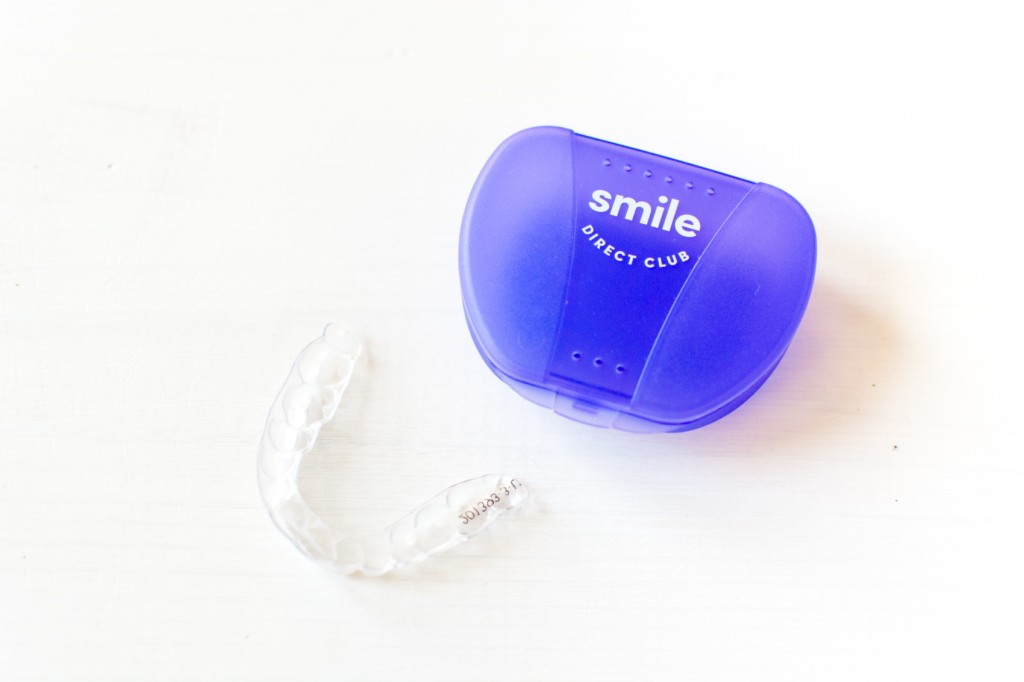


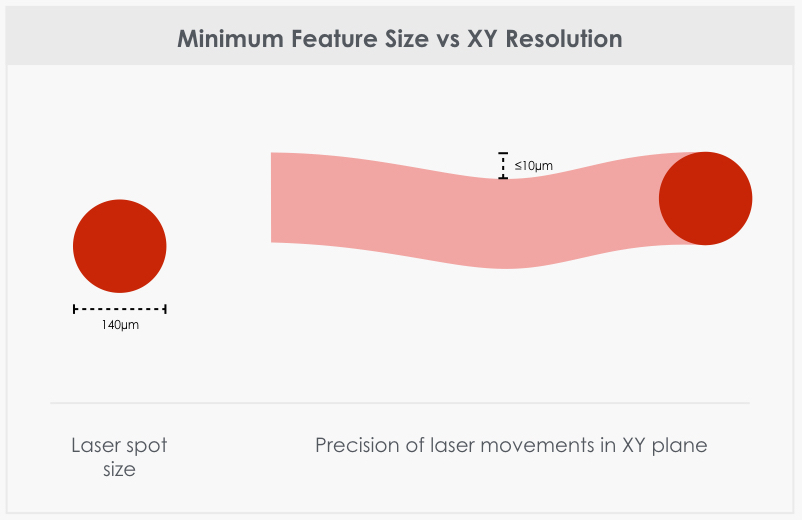 This makes comparing the XY resolution of laser SLA printers to DLP and LCD-masked printers challenging, especially considering many manufactures don’t publicize the pointing precision of proprietary galvos. Unlike DLP and MSLA, which have a fixed matrix of pixels relative to the build area, laser-based SLA machines are able to focus the laser beam on any XY coordinate. This means that laser SLA 3D printers using high-quality optics can more accurately reproduce the surface of a part even when the laser spot size is larger than the DLP pixel size.
This makes comparing the XY resolution of laser SLA printers to DLP and LCD-masked printers challenging, especially considering many manufactures don’t publicize the pointing precision of proprietary galvos. Unlike DLP and MSLA, which have a fixed matrix of pixels relative to the build area, laser-based SLA machines are able to focus the laser beam on any XY coordinate. This means that laser SLA 3D printers using high-quality optics can more accurately reproduce the surface of a part even when the laser spot size is larger than the DLP pixel size. 